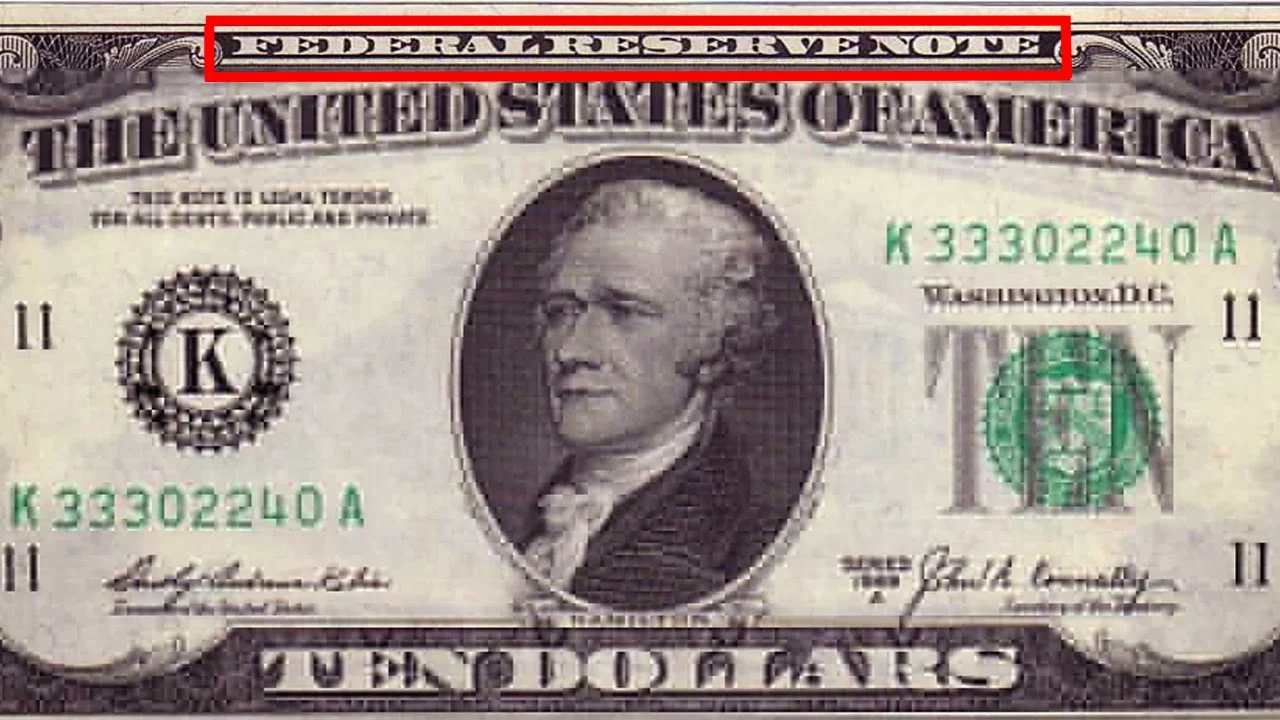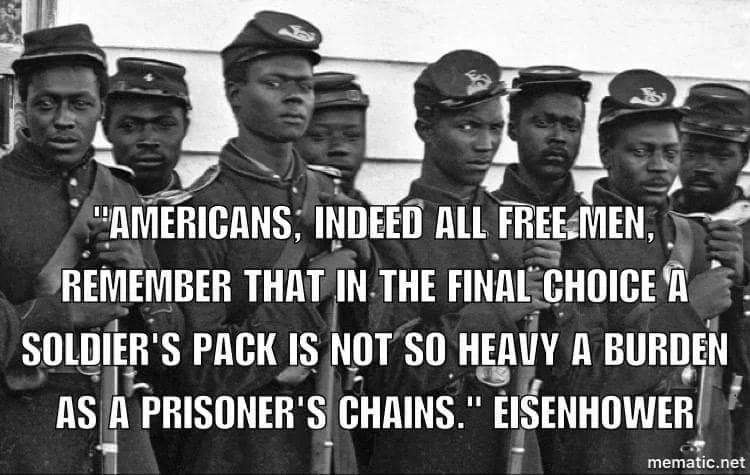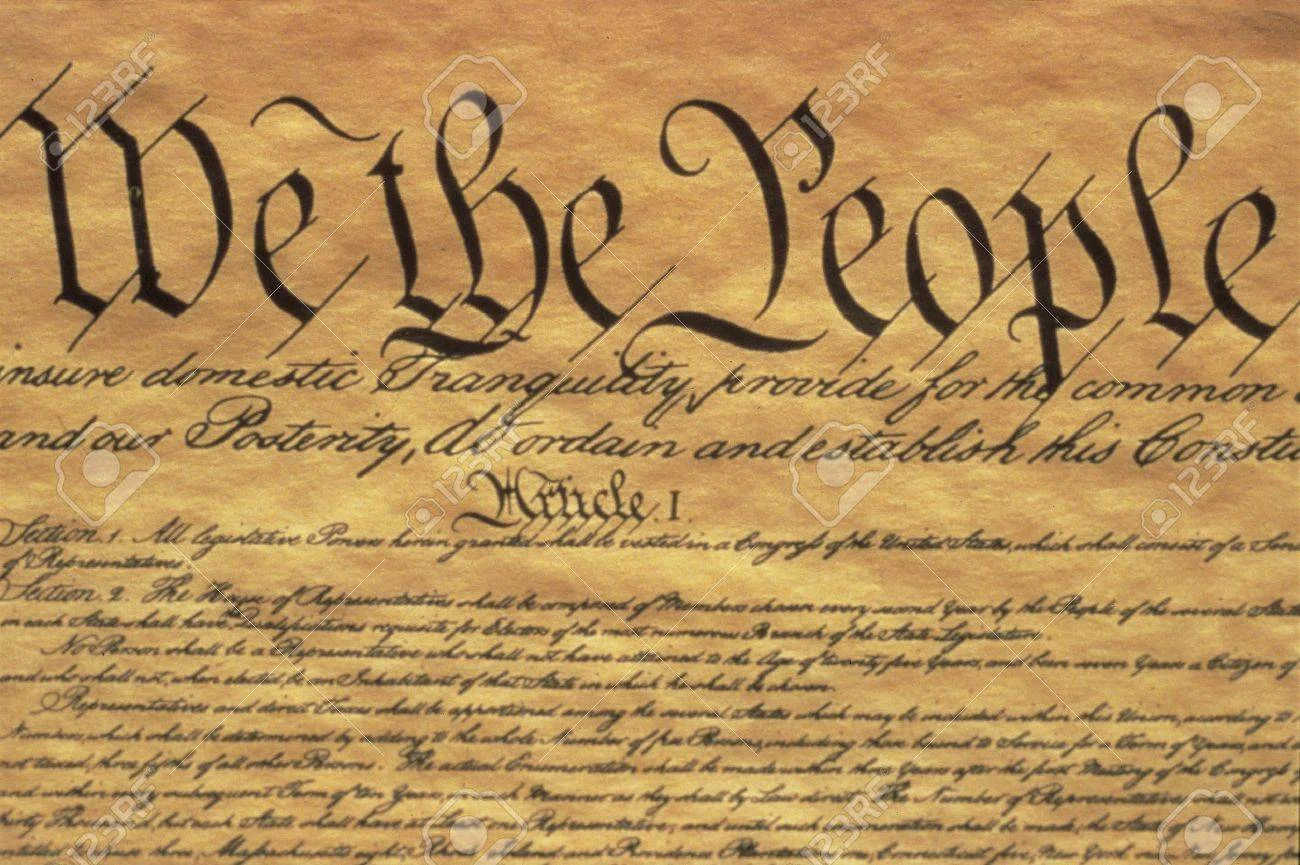A Short History of the Dollar
A Short History of the Dollar
(1776-1789) The Continental Congress authorizes the printing of paper money, the Continental. The inflation, speculation, and taxation of whiskey (on veterans) in silver to pay off the paper money at full face value to banking speculators who had bought the Continentals from veterans for pennies of the face value, while also tending to be loyalists during the war, resulted in Shay’s Rebellion, the creation of the Constitution of the USA, the Whiskey Rebellion, the phrase, “not worth a Continental,” and ultimately, the Bill of Rights.
(1789-1933) The dollar was gold and silver coin per Article 1 Sections 8 and 10 of the Constitution of the USA with various state and federal banks printing more money than they had gold backing. Notably the First National Bank (1791-1811), the Second National Bank (1816-1836), and the Greenbacks printed by Lincoln during the War Between the States.
(1913) The Federal Reserve (5th pillar of Communism) and Income Tax (2nd pillar of Communism)[i] are made law. Paper Federal Reserve Notes (look on the top of “dollars”) can be exchanged for gold and silver. (1913 Federal Debt $3 billion)
(1933-1944) FDR outlaws gold in 1933 (except historical coins). Only foreigners could exchange their paper Federal Reserve Notes for gold/silver.
(1944-1971) Following decades of World Wars and Socialist Revolutions in Europe (USSR/NAZI), the Federal Reserve Note (dollar) became the world’s reserve currency at the Bretton Woods conference in 1944 because Europe had more debt and paper money than gold money. (1945 Federal Debt $260 billion)
(1964) Silver US coins are minted as currency for the last time. (1964 Federal Debt $310 billion)
(1971) Following decades of wars across the world and progressively more Socialism in the USA (Social Security, FDIC, Medicare/Medicaid, tax-funded employment, et cetera), the paper-dollar-for-gold exchange was nixed by Nixon because the USA had more debt and paper money than gold money. No world currency is officially backed by gold for the first time in thousands of years. (1971 Federal Debt $400 billion)
(1974) President Ford legalizes gold ownership for US citizens. (1974 Federal Debt $475 billion)
(1974-2019) The paper dollar has continued its world reserve currency status by being the only way anyone can buy oil (Petro-Dollar).[ii] This explains why the US have been so militarily involved in oil producing countries. (Federal Debt: 1980 $907 billion; 1993 $4 trillion; 2001 $5.8 trillion; 2009 $12 trillion; 2019 $22 trillion)[iii]
In the 20th century, the USA would undergo a progressive cultural and legal shift to Socialism. The freedom to keep the fruit of your labor would be replaced by the freedom to live off of others taxes. In 1913, 16th Amendment created the income tax and the Federal Reserve Act was passed into law without a Constitutional Amendment. According to Karl Marx in the Communist Manifesto, a progressive income tax is the 2nd pillar of Communism and central banking, the Federal Reserve, is the 5th pillar.
The 1930s saw the New Deal and the 1960s saw the creation of the Great Society with Medicare and Medicaid. After the victories of the Civil Rights movements in the 1960s, instead of all men being equally their own master, politicians would be elected by a majority willing to tax a minority with the backing of the police state. Regardless of color, citizens were equally liable to be taxed according to their ability or entitled to consume taxes according to their need. Everyone was losing their Constitutional rights. Some just had to pay taxes for others to live on too.
None of these programs would have been affordable without the income tax and the central bank’s ability to print money to finance the progressive expansion of Socialism.
“As to the assumed authority of any assembly in making paper money, or paper of any kind, a legal tender, or in other language, a compulsive payment, it is a most presumptuous attempt at arbitrary power. There can be no such power in a republican government: the people have no freedom - and property no security - where this practice can be acted.” -Thomas Paine, Dissertations on Government, the Affairs of the Bank, and Paper Money, 1786[iv].
All great powers have their currency as the reserve currency. This is because the majority of trade is conducted in one area and thus the majority of money is minted in that area. Great Britain’s Pound Sterling was the world’s reserve currency until the World Wars bankrupted their empire. Because of the foundation of wealth created by free trade that resulted from the freedom of the Constitution, under the Bretton Woods agreement in 1944, the Federal Reserve Note, commonly referred to as the US Dollar, backed by US gold, replaced the Pound. In 1974, the Petro-Dollar, backed by oil, replaced the gold Dollar. Understanding the history of the Dollar is key to understanding current events including US foreign policy and the stock market.
“The most significant threat to our national security is our debt.” -Chairman of the Joint Chiefs of Staff, Admiral Mike Mullen on CNN, 2010[v]
In 1945 the industrialized world minus the USA was destroyed by the World Wars. Western Europe sent most of their gold to the USA to escape the threat of invasion from the National Socialist German Workers’ Party (1939-45) and the Union of Soviet Socialist Republics (1945-1971).
Under the Bretton Woods Agreement (1944), the dollar (Federal Reserve Note) was convertible into gold at $35 per ounce and was the world’s reserve currency. By 1971, the money printing to pay for the welfare and warfare spending of the USA had prompted nations, led by France, to convert their dollars into gold, then inflated to $45 per ounce.
In 1965, at the Palais de lâ Elysee, President Charles de Gaulle of France said,
'“We deem it necessary that international trades be establish, as has been the case, before the world’s great tragedies, on an indisputable monetary base, said base not bearing the mark of any one country in particular.
Which base?
In truth, we do not see that there could be, in reality, any other standard criteria… than gold."
Nixon temporarily suspended the conversion of gold in 1971 that has lasted until the present (July 2019)[vi]
The Replacement was the Petro-Dollar (1974) in which OPEC, led by Saudi Arabia, exclusively accepted dollars for oil. This is the foundation of modern US foreign policy in the Middle East.[vii]
Since 1987, with the “Greenspan Put,” the Federal Reserve and the President’s Working Group on Financial Markets (Plunge Protection Team [1988]) have been buying (increase the demand for) bonds, stocks, and paper assets whenever the markets has declined in value.[viii]
The Dotcom Bubble burst in 2001 and was followed by the Housing Bubble. Economist Paul Krugman said in the New York Times in 2002,[ix]
“To fight this recession, the Fed needs more than a snapback; it needs soaring household spending to offset moribund business investment. And to do that, as Paul McCulley of Pimco put it, Alan Greenspan needs to create a housing bubble to replace the Nasdaq bubble.”
Since the bursting of the Housing Bubble in 2008, central banks have been enacting so-called Zero Interest Rate Policies (ZIRP) in the USA and Negative Interest Rate Policies (NIRP) in Europe,[x] while other central banks have been doing the same. The Fed has printed money in Quantitative Easing (QE 1, 2, and 3)[xi] and Operation Twist[xii] while keeping interest rates near zero per cent until Dec 2015 when the Fed began to raise the Federal Funds Rate,[xiii] which influences all interest rates. However, in 2019 the Fed announced that they were no longer raising interest rates.[xiv],[xv]
“I think we are actually at a point of encouraging risk-taking, and that should give us pause. Investors really do understand now that we will be there to prevent serious losses. It is not that it is easy for them to make money but that they have every incentive to take more risk, and they are doing so. Meanwhile, we look like we are blowing a fixed-income duration bubble right across the credit spectrum that will result in big losses when rates come up down the road. You can almost say that that is our strategy.” -Jerome Powell, Chairman of the Federal Reserve, then member of the Board of Governors, Oct 2012 Federal Open Market Committee Meeting.
The Dollar is losing its status as the world’s reserve currency. If the Federal Reserve does not print money and keep interest rates low, the housing and stock market bubble will pop, taxpayers will not be able to afford higher interest rates on the historic debt, and those who are dependent upon taxes (welfare recipients and government employees) will lose their income.
If the Federal Reserve continues to print money, nations with oil will look for other alternative currencies, including gold and silver, with which to trade their oil. The petro-dollar will end. The USA will no longer be able to print money to buy the imports. The USA consumes more than it produces because people want the dollar. Once that ends, the 200 years of English world dominance (1763-2019) will end too.
Only a return to the Constitution with the use of Constitutional gold and silver dollars will enable a new birth of freedom and wealth. There will be a depression first.
[ii] The Communist Manifesto (1848) pg. 27. http://www.slp.org/pdf/marx/comm_man.pdf
[ii] https://www.zerohedge.com/news/2016-05-31/secret-story-how-saudi-petrodollar-deal-was-born
[iii] https://www.thestreet.com/politics/national-debt-year-by-year-14876008
[iv]https://www.bing.com/search?q=george+washington+thomas+paine&form=EDGEAR&qs=PF&cvid=b30af509c3ee439f8ee3977aa33e2f10&cc=US&setlang=en-US “George Washington was amongst the wide readership of Paine’s writings. Before the famous crossing of the Delaware on the way to victory at Trenton in late 1776, General George Washington ordered officers to read Paine’s The American Crisis to the Continental Army.”
[v] http://www.cnn.com/2010/US/08/27/debt.security.mullen/
[vi] https://mises.org/wire/today-1971-president-nixon-closes-gold-window
[vii] https://www.zerohedge.com/news/2019-04-04/petrodollar-panic-saudis-threaten-dump-usd-oil-trades-over-opec-anti-trust-bill “And now, Reuters reports, citing three unidentified people familiar with Saudi energy policy, Saudi Arabia is threatening to drop the dollar as its main currency in selling its oil if the U.S. passes a bill that exposes OPEC members to U.S. antitrust lawsuits.”
[viii] https://www.treasury.gov/press-center/press-releases/Documents/10.21%20PWG%20Report%20Final.pdf Executive Summary: These strains, in turn, threatened the broader economy, as firms and institutions dependent upon those markets for short-term financing found credit increasingly difficult to obtain. Forceful government action was taken to stop the run, restore investor confidence, and prevent the development of an even more severe recession.
[ix] https://contrakrugman.com/paul-krugman-and-the-housing-bubble/
[x] https://www.cnbc.com/2016/02/09/from-zirp-to-nirp-whats-the-feds-next-move.html
[xi] https://www.federalreserve.gov/Events/conferences/2012/cbc/confpaper1/confpaper1.pdf Introduction: Because of their dramatic impact on the size of the Fed’s balance sheet, the most visible of the new policy measures have been large asset scale purchases (LSAPs), known more generally as quantitative easing (QE).
[xii] https://www.zerohedge.com/contributed/fed-announces-operation-twist
[xiii] https://fred.stlouisfed.org/series/fedfunds “The federal funds rate is the interest rate at which depository institutions trade federal funds (balances held at Federal Reserve Banks) with each other overnight. When a depository institution has surplus balances in its reserve account, it lends to other banks in need of larger balances. In simpler terms, a bank with excess cash, which is often referred to as liquidity, will lend to another bank that needs to quickly raise liquidity.”
[xiv] https://www.nytimes.com/2019/01/30/us/politics/fed-interest-rate.html
[xv] https://www.bloomberg.com/news/articles/2019-06-19/fed-scraps-patient-rate-approach-in-prelude-to-potential-cut


